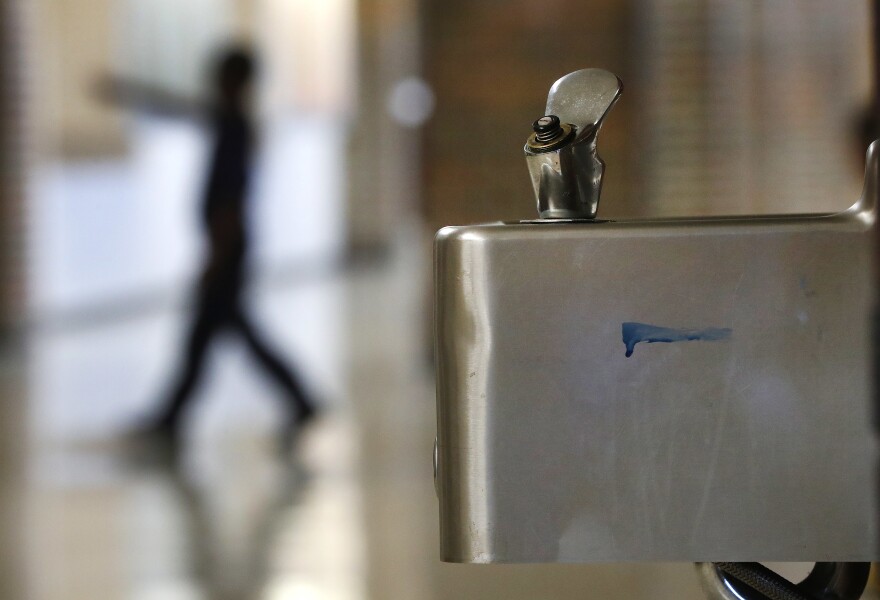The superintendent of RSU 9 in Farmington said he expects that the district will be able to reopen next week after schools were forced to close Friday because of tests showing excessive lead in the water system. But the district is acquiring bottled water and administering more tests to deal with the issue in the weeks ahead.
On Thursday, the district received results of state-mandated testing indicating that 54 of 117 water fixtures had lead levels above a state guideline of 4 parts-per-billion, including 16 above the EPA's limit of 15 parts per billion.
Superintendent Christian Elkington said many of those fixtures had already been turned off during the year because of COVID-19 safety restrictions, but some were in school kitchens, which limited the ability to prepare food on Friday.
"And unfortunately we tried until about 10 o'clock last night to figure out a plan. We couldn't. That's when I decided to call school off," Elkington said.
Elkington said in the short-term, the district is working with several local businesses, including Hannaford and Walmart, to acquire bottled water for drinking and preparing food. The hope, Elkington said, is for each school to have at least one water dispenser available for students to fill their own bottles.
"Obviously, we'll let parents know those things. This weekend is going to be busy. But our plan is to be open on Monday," he said.
But the long-term plan for remediating the water issues presents an additional challenge. The district is planning to undergo another round of water testing early next week to determine the exact cause of the elevated lead levels.
"We're probably looking at that. And then we'll have to make a determination, building by building, faucet by faucet. Is it a faucet issue? Is it a water line issue? And then depending on the kind of difficulty, then we'll have to determine, are we replacing faucets, or will we have to bring somebody in to do more work?" Elkington said.
Elkington said that the district suspects the lead problem is with individual water fixtures themselves, rather than the source of the water. He cites the fact that a fixture on one side of a wall showed elevated lead levels, while one on the other side did not. He estimates that if the fixtures are the issue, replacing them could cost about $20,000.
Elkington said the district previously tested its water for lead in 2019, and found no results over the EPA's 15 part-per-billion standard.




